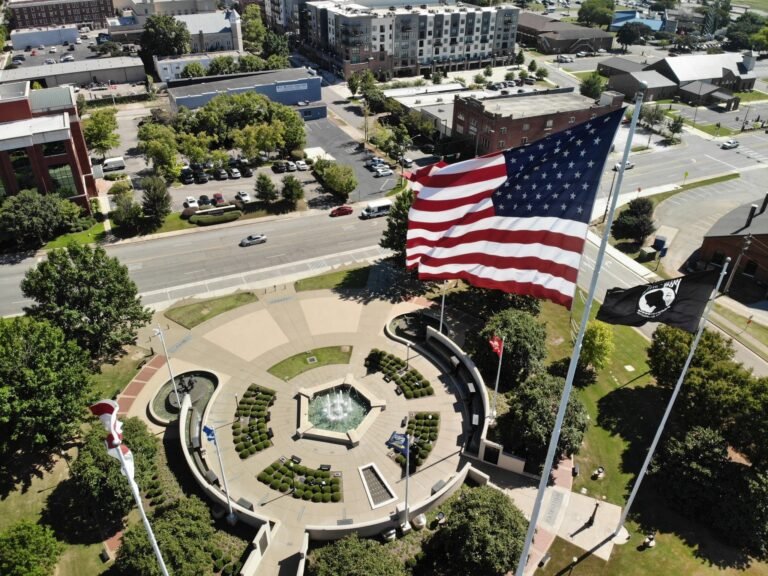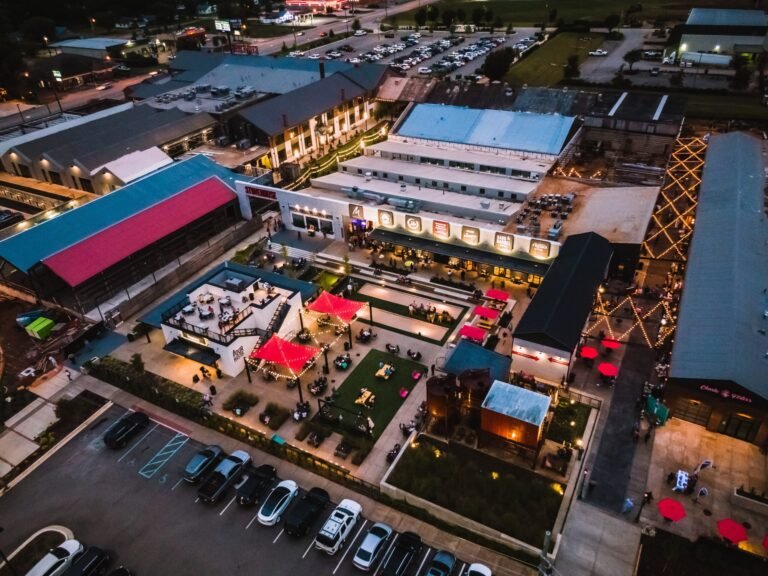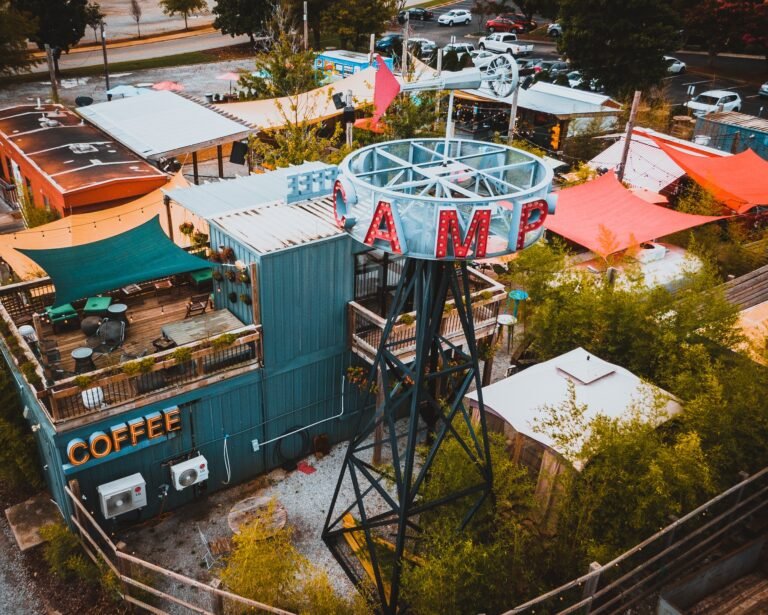Aprons have spent the past two hundred years protecting the clothes and dignities of cooks, blacksmiths, craftspeople, factory workers, and artisans of the Tennessee River Valley. They have been wrapped around the waists of generations of doers, makers, producers, and folks who just want to stay clean while doing their thing.
Despite our differences, our collective past can be bound together by the long apron strings of time.
Aprons don’t know gender, race, or class.
Tying People Together
What does the apron say about us, our values, and how we work?
Don’t get caught in the trap of thinking that aprons were limited to Leave It To Beaver-like moments because the apron spans the gamut of hardworking people from the burly-armed blacksmith of the 1850s to the housekeeper of the 1950s.
The apron ties everyone together by a string.

Early Aprons
The first aprons followed the earliest settlers who pushed across the cotton frontier to settle the Tennessee River Valley in North Alabama. The simple gingham apron protected its owner from the dirty fireplace during a time before stoves and ovens.
The open-hearth made for dirty homes but clean aprons fought the good fight and mostly won.
As Huntsville grew new aprons emerged from the hinterland:
- The leather aprons of craftspeople who made horseshoes, barrels, and tools
- The simple cotton apron of the general store owner and the baker who wore theirs as a badge of honor.
- The silky decorative aprons of wealthy homeowners along Franklin and Adams Streets.
Some who wore aprons had not fully realized their humanity or freedom yet, but that didn’t stop them from tying an apron around their waist and showing the world that they were ready to find the American Dream when it was finally offered.
Growing Community
By the 1850s the apron served as a marker of community growth. More aprons meant more mouths to feed, more things to make, and more items to sell.
It also followed the rituals of our community. Early Huntsville newspapers were full of advertisements for Masonic and Odd Fellows aprons.
Locals had enough free time and disposable income to buy decorative, non-functional aprons for something other than work.

A New Breed
The apron had arrived and there seemed no end to its growth during the post-Civil War years. New factories and mills began to pop up around town and dethroned King Cotton, and in the process, introduced a new breed of apron wearers in Huntsville.
The newest apron in town belonged to the laborer who worked at a local cotton factory instead of at home or on the farm and who earned a wage and not income produced by the land.
Factory workers started work when the morning steam whistle blew and knocked off when the evening whistle blew. They took off their shop apron and visited another apron-wearer . . . the one serving locally produced beer behind a bar.

Undoing the Strings
The Industrial Revolution threatened to undo the apron strings of a growing nation.
Factories across America began to belch out cheap, disposable clothing that was easy to replace. Processed foods made meals easier and cleaner to make.
The apron, although likely still in the kitchen, remained folded in that drawer of little-used items. An artifact from a past time when cooking and baking were done from scratch or when you bought something made locally and not fabricated in a faraway factory.
As the Great Depression rolled across the Tennessee River Valley and World War Two implored Americans to save every scrap of material for the war effort, the apron disappeared from the shelves of local stores and almost out of the kitchen entirely.
Relegated to home economic classes and greasy diners, the apron became a function of a culture too busy to make anything from scratch anymore. Fashions changed and being bound, literally and figuratively, by apron strings didn’t appeal to Americans after World War Two.

Modern America decided that clean clothes and dignity be damned, the unaproned cook simply opened up a TV dinner and slid it across the table, the baker’s oven was extinguished by the good folks who brought you sliced white bread, and the local maker stopped making because it was cheaper to go to the box store.
Everything Old Is New Again
But then it all began to change back just as Y2K threatened our existence. It began with the artisans of Lowe Mill, the hoppy-fans of craft beer, and dozens of other makers who saw value in local.
Suddenly, the apron became a thing again.
We regained our taste for local food, drink, crafts, art, and hand-crafted items.
We figured it out. We do like local.
We do appreciate local makers.
We wanted our aprons again. The apron is a signal that something is being made and the apron-owner is pleased to show you their apron as a badge of honor.
Return to Local
The value of creating something has overtaken the mass-produced America that threatened to make every highway exit look the same, every coffee cup taste the same, every beer tap pour the same, and instead of every item imprinted with a “Made in” from a country you have never heard of, it’s marked “Made in Huntsville.”

Over the past two hundred years the apron has been a barometer of who we are, what we make, and what we enjoy in the Tennessee River Valley.
Its existence has come, gone, and come again as our values have changed. So, the next time you go to work and put on an apron or you make a visit to a local shop, store, or studio and you see an apron . . . know that you are supporting the long apron strings of those before us.

Guest blogger for We Are Huntsville. Are you interested in writing a post for our site? Email katelyn@wearehuntsville.com.






Great writing. I noticed here,that even though I wasn’t particularly interested in the subject matter I happened to tap and link into, your composition simply hurdled me on through to the end! Simply easy, wholesome reading presented in a way that made this article entertaining and all together appreciated in the end. Thanks for the little things that we get to enjoy here in my America! Lest I forget that not everyone in the world lives with opportunities like this-as trivial as it may seem to another person.I certainly appreciate the privilege, nonetheless.
Thank you for your nice words. Glad you enjoyed the read!
Most of artical was of interest, however there are errors in changes of decades such as king cotton. What was source of cotton for mills 1900s to post WW2 ?